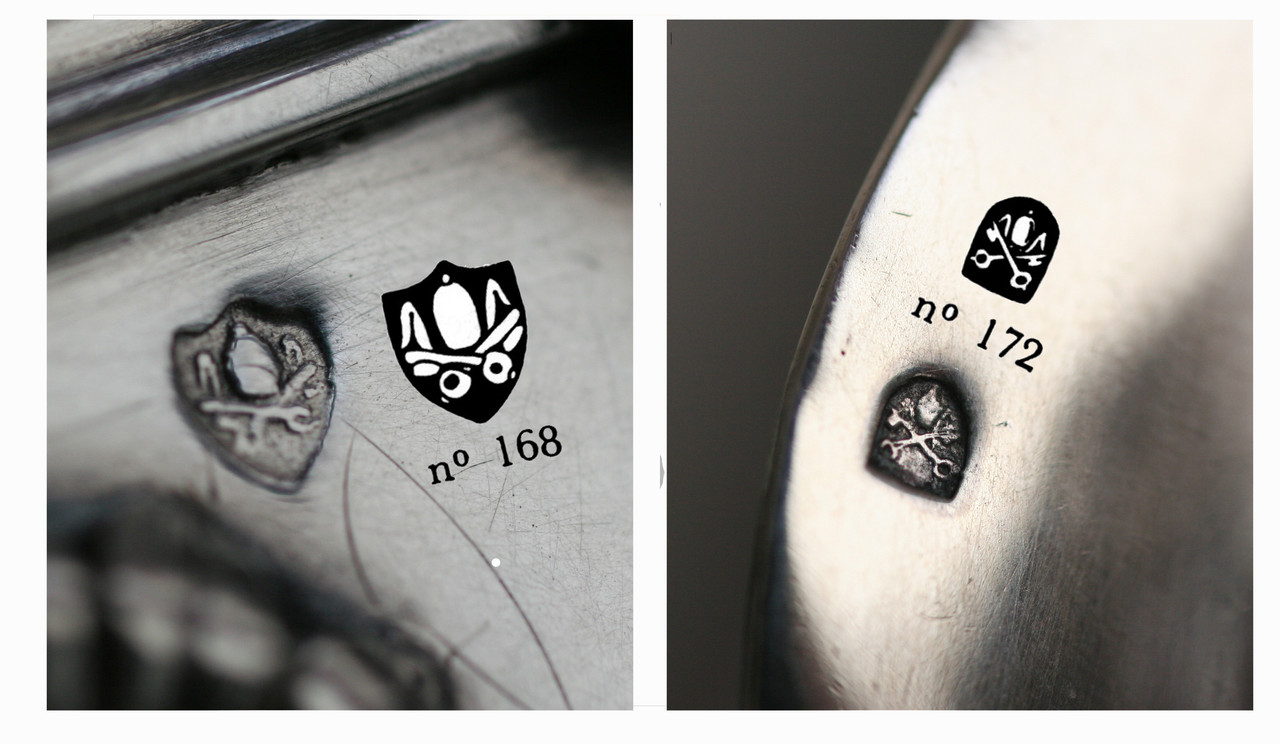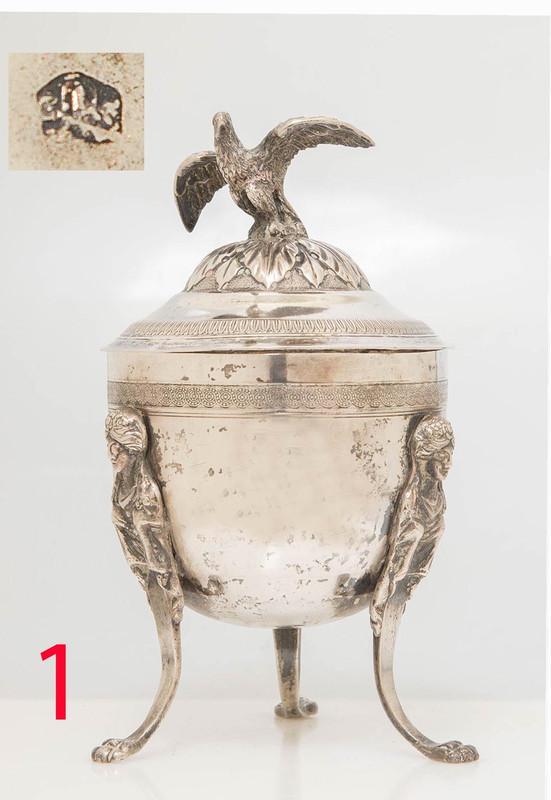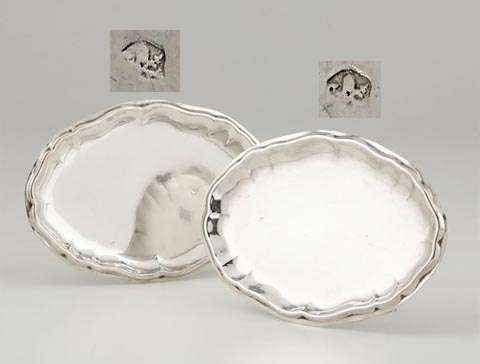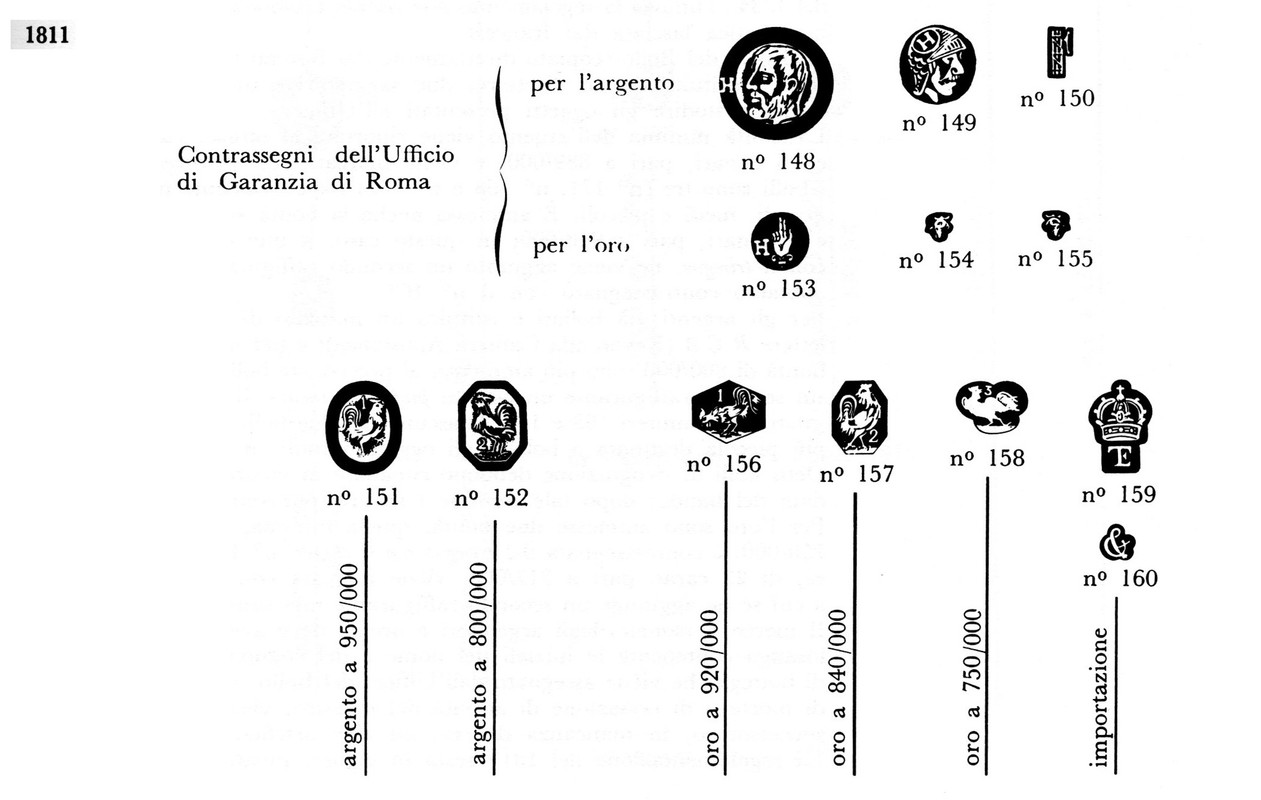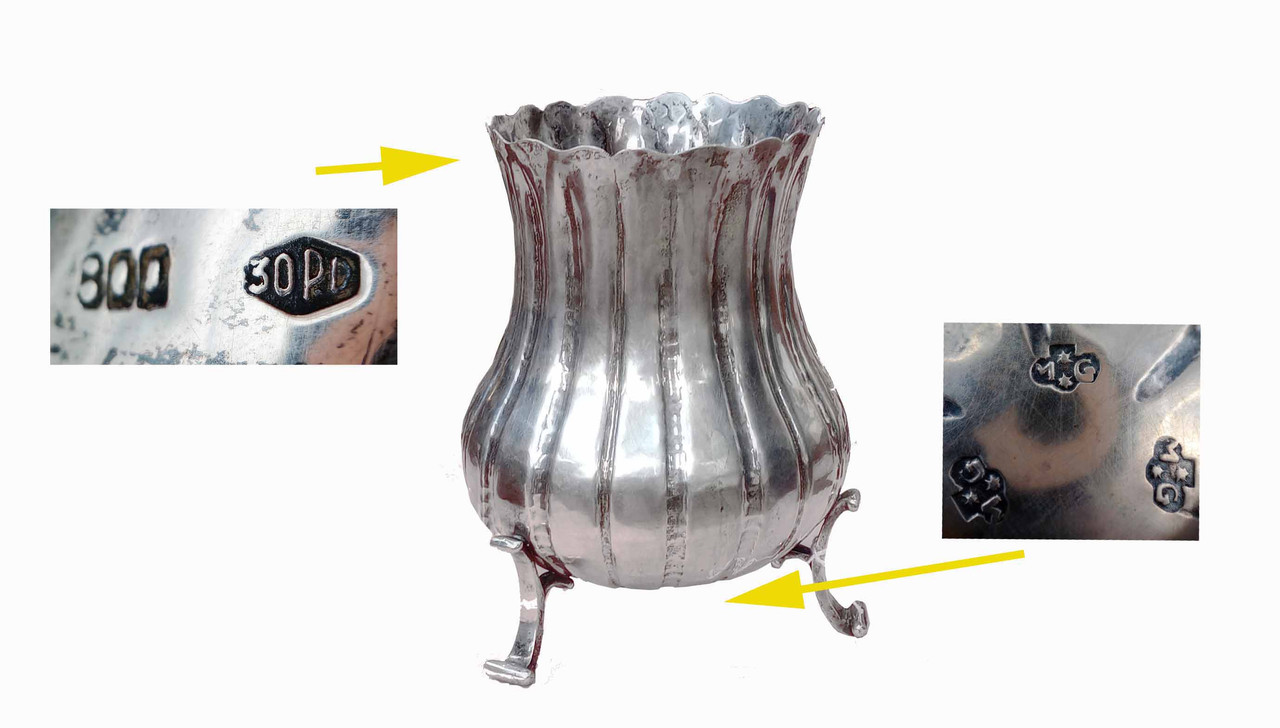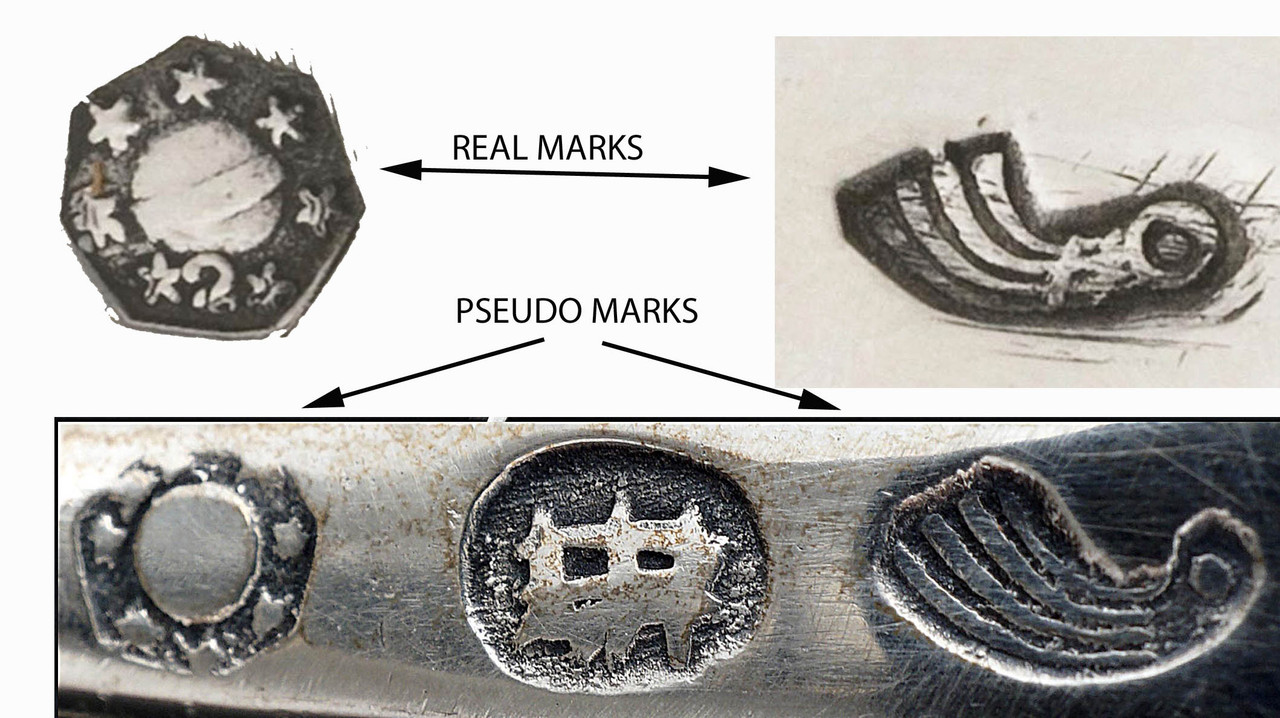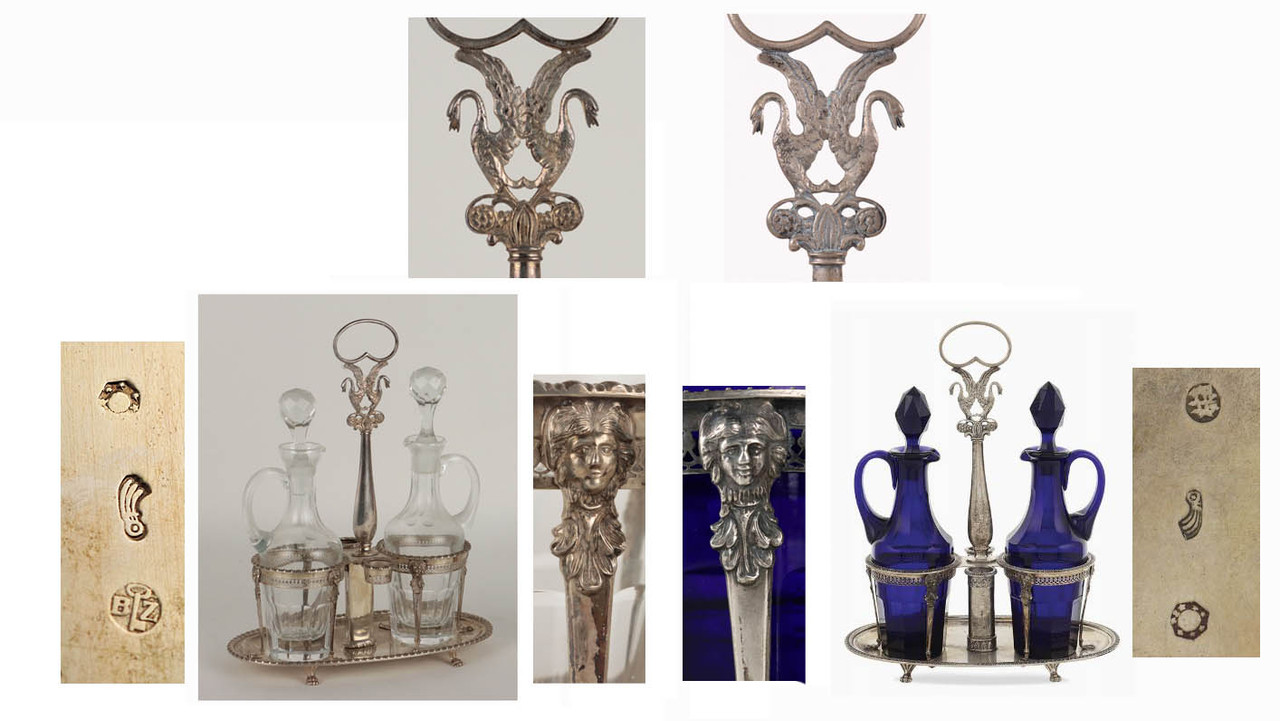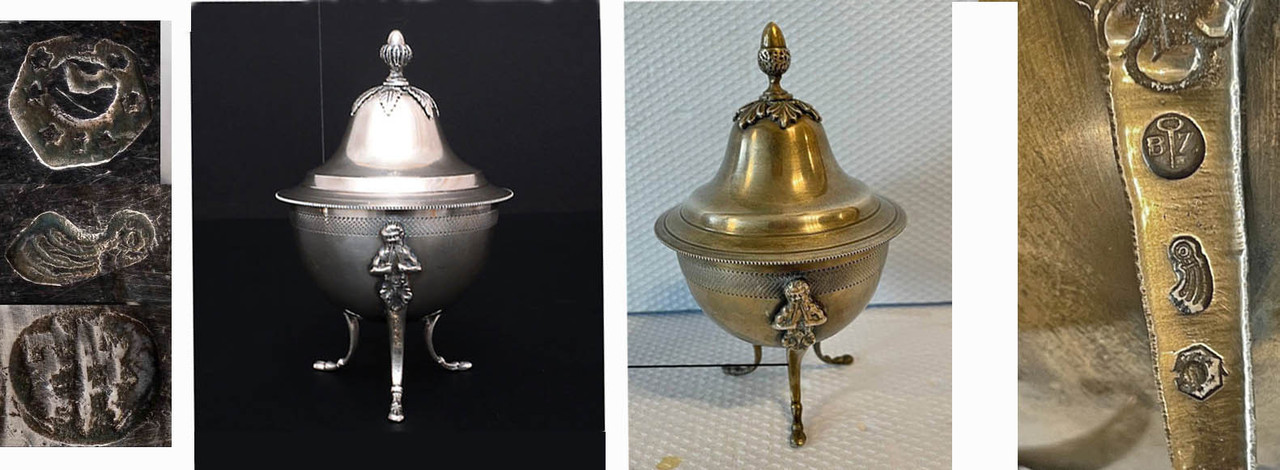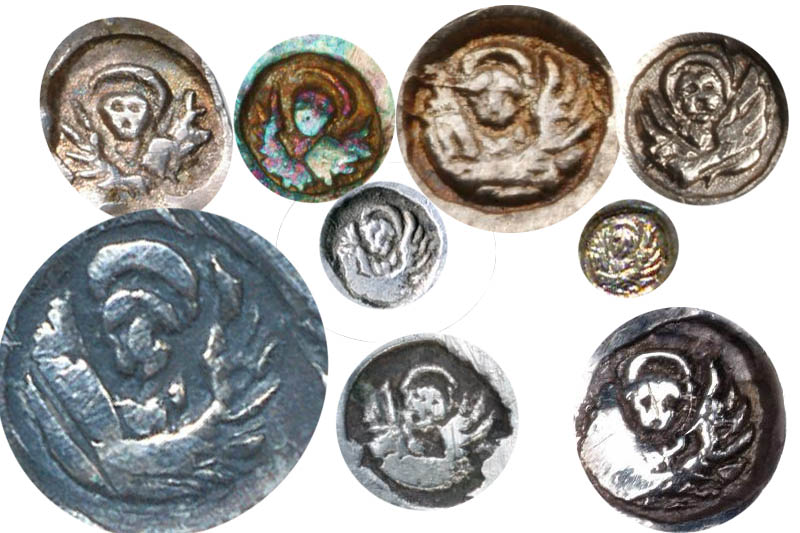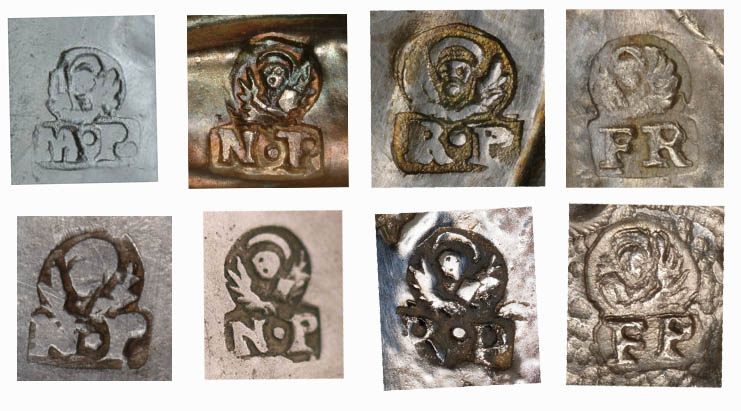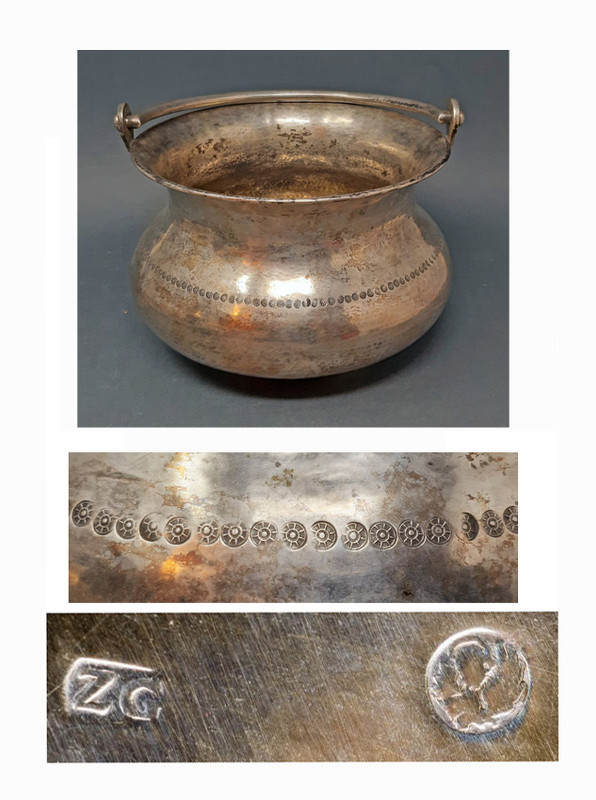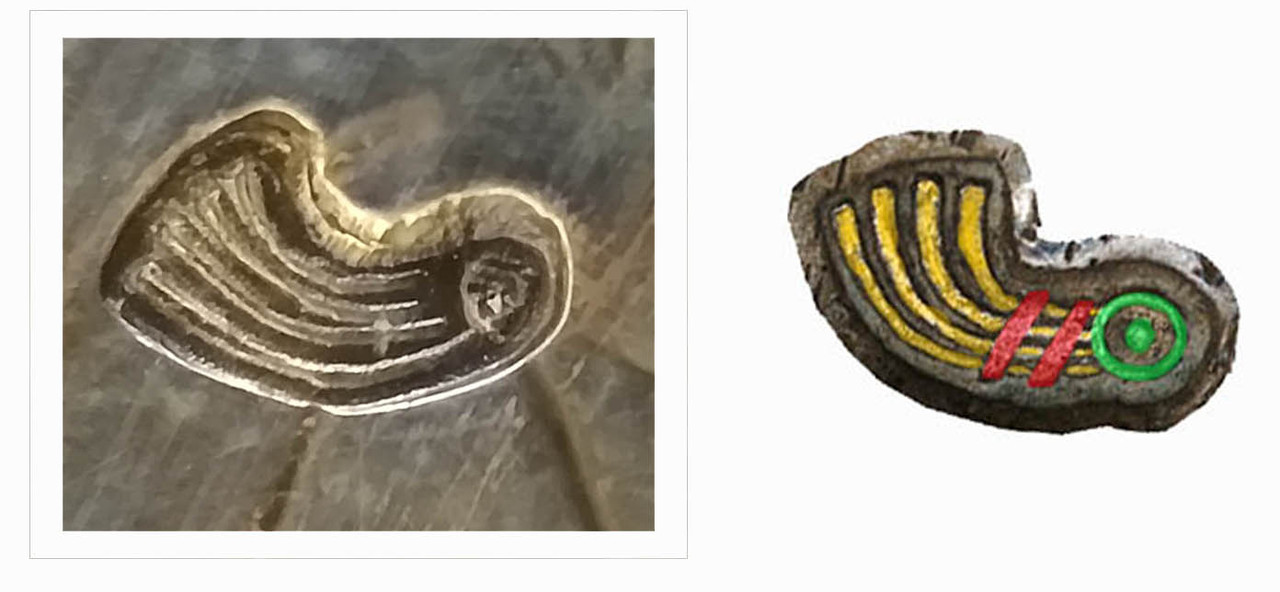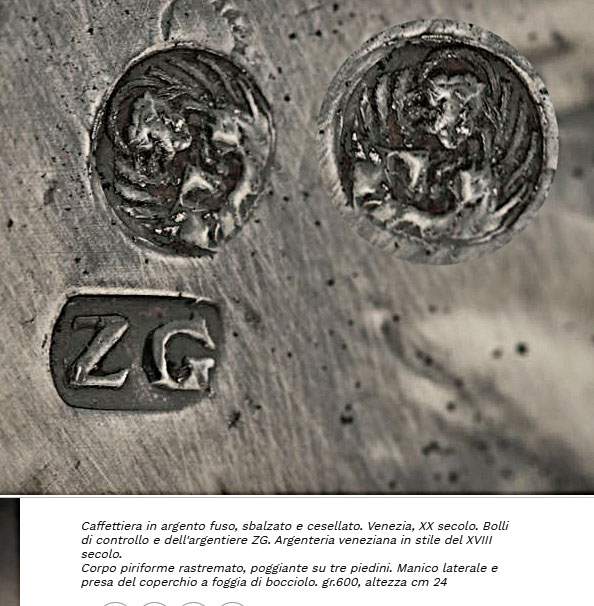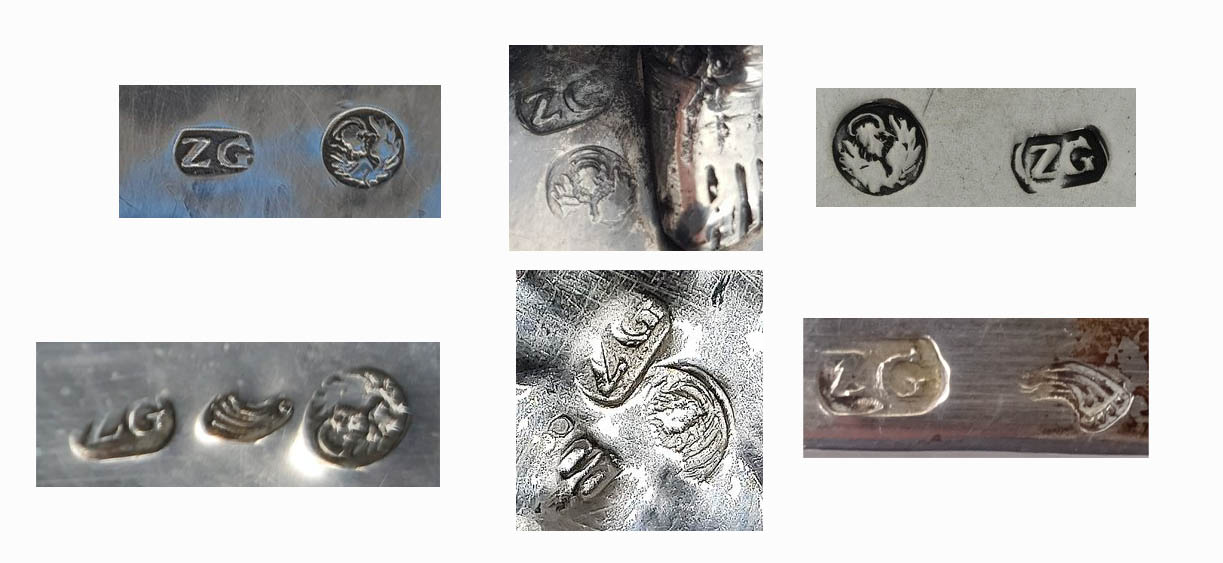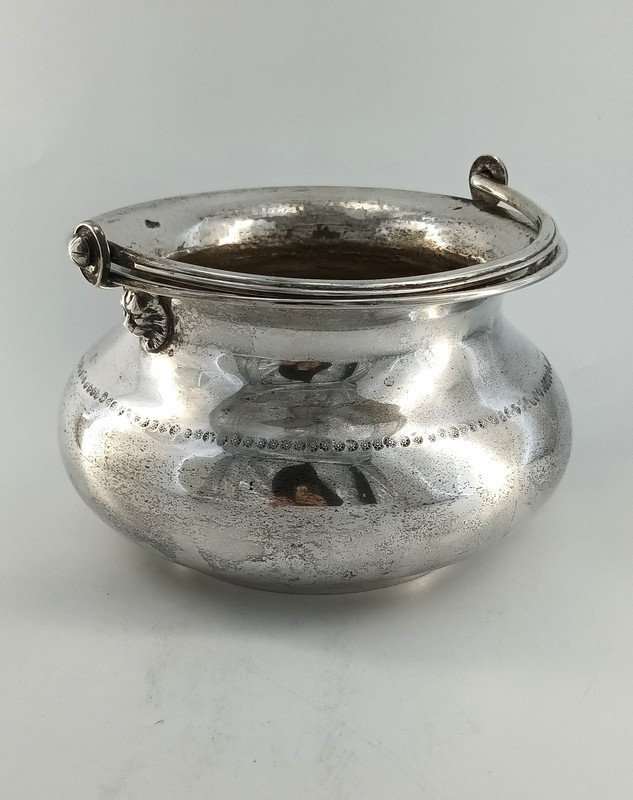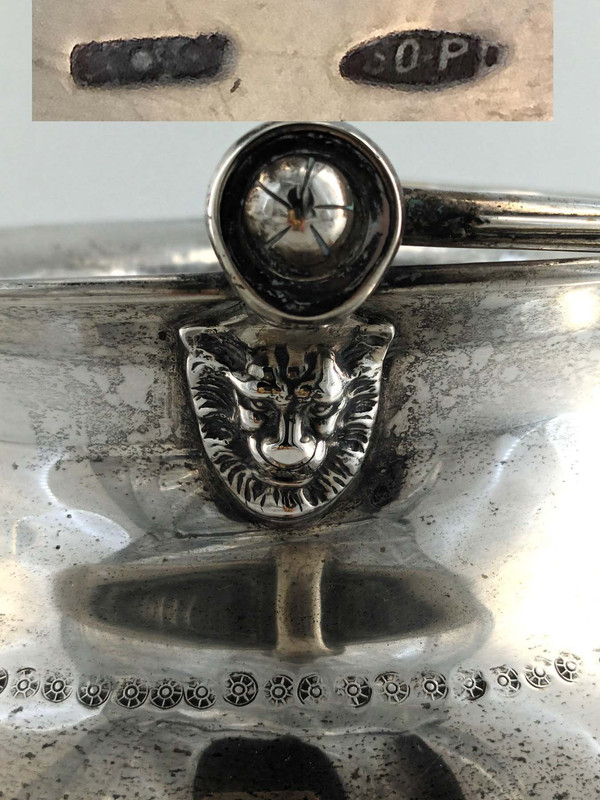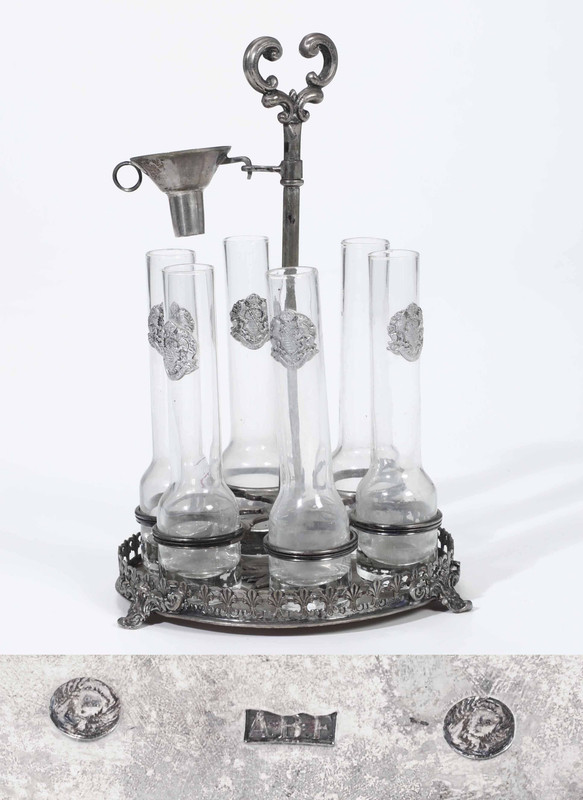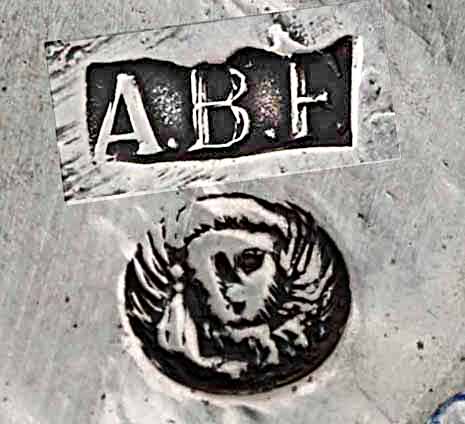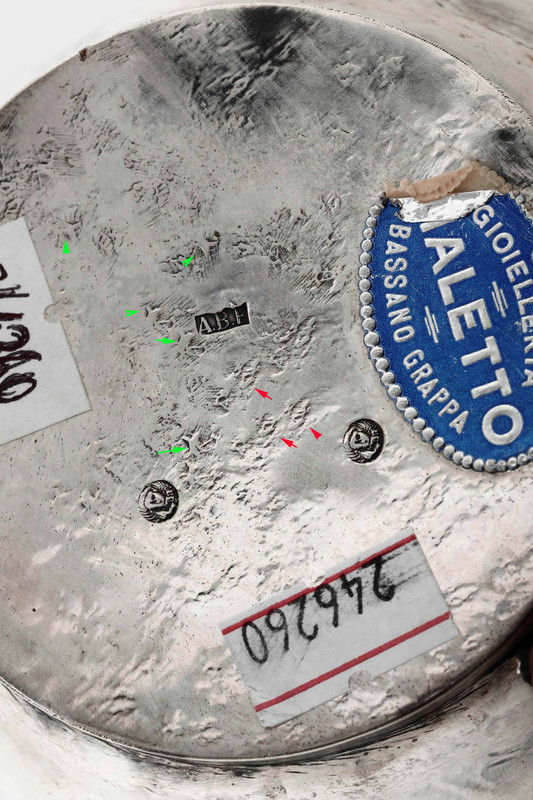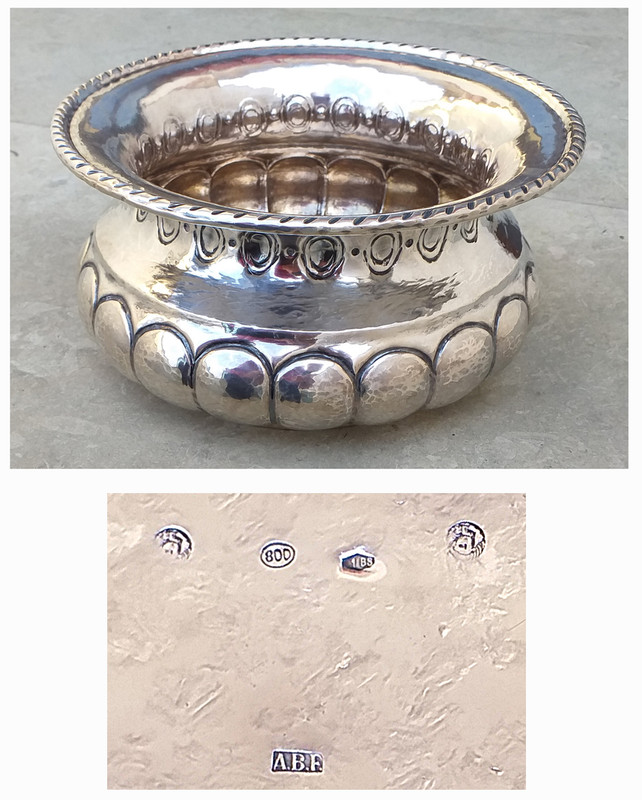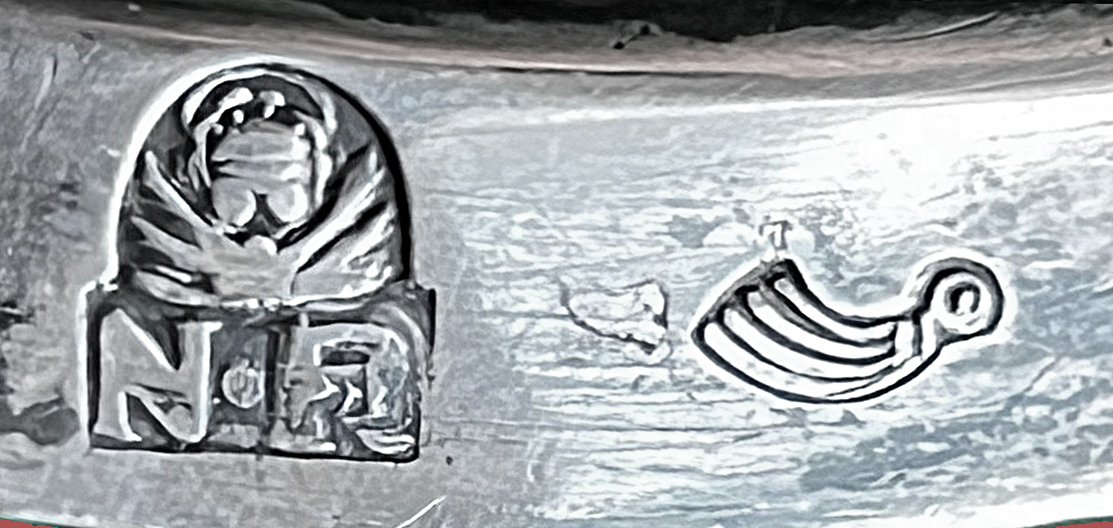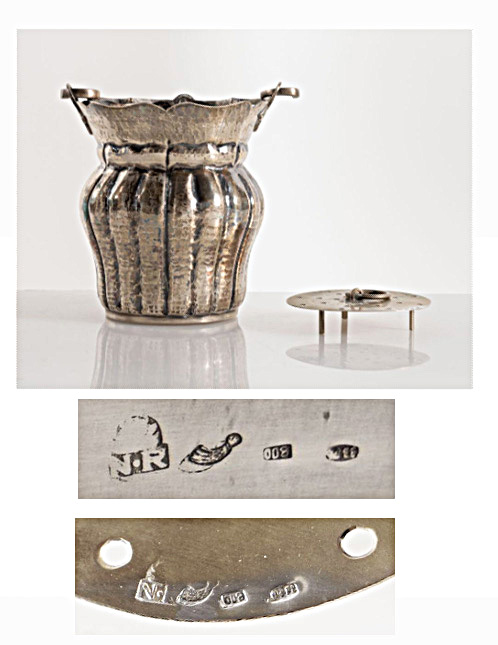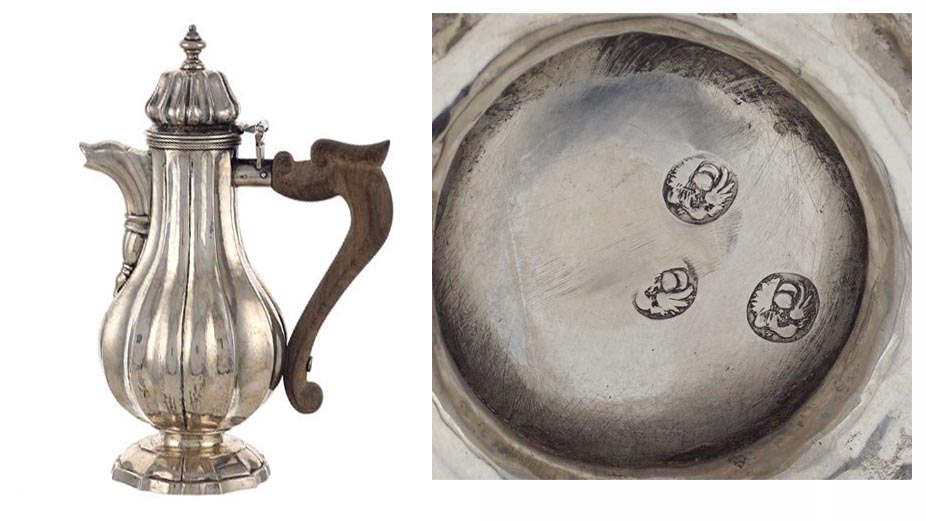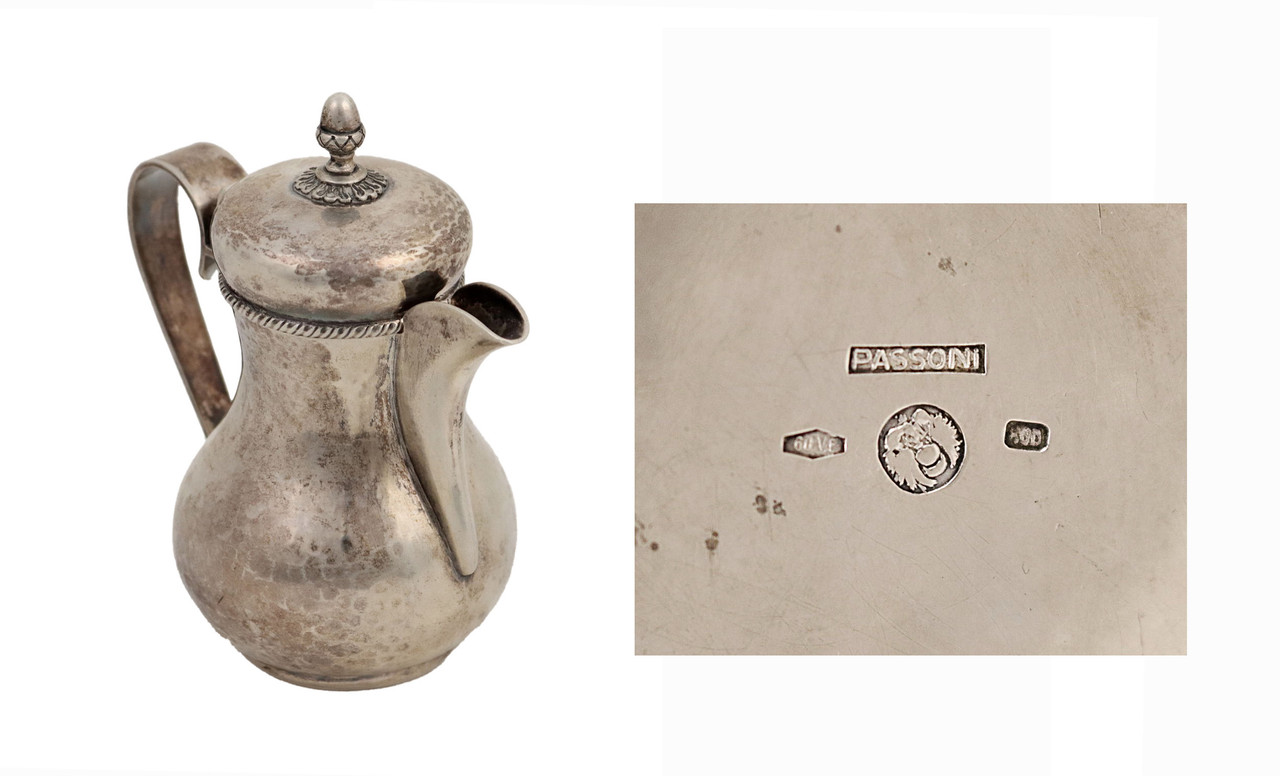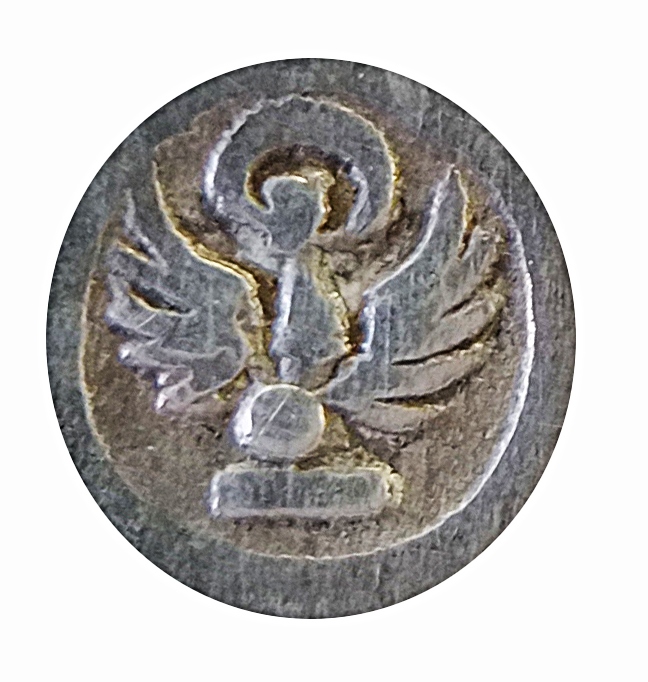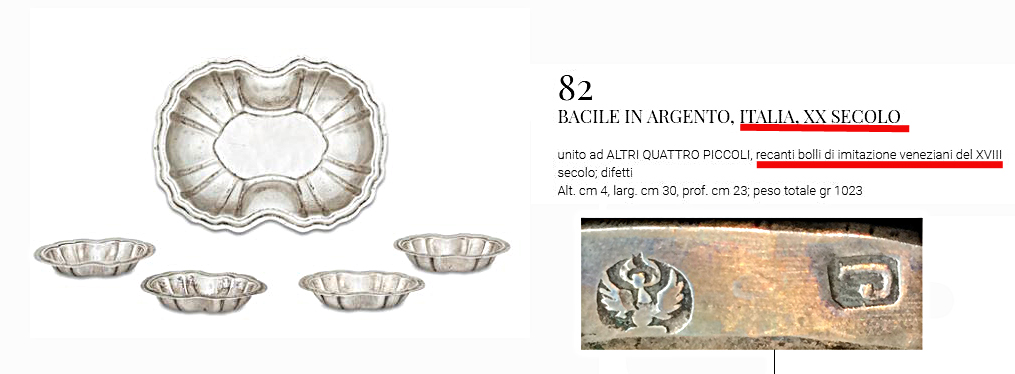Italy obviously cannot be an exception, and in fact in every type of market and in the online catalogs of auction houses it is very frequent to find non-authentic Italian silver, sometimes indicated as such, more often presented as genuine.
The purpose of these notes is to draw the attention of buyers or simple enthusiasts to the clues that can help identify non-authentic silver or even just ring a bell that prompts a suspicious object to be looked at more carefully.
ROME AND THE PAPAL STATE IN THE 19TH CENTURY
Let's start with something quite simple: Rome and the Papal State from 1815 to the annexation of the various territories to the Kingdom of Sardinia.
On 7 January 1815, extended in 1817 to the territories of the “seconda recupera”, an edict of Cardinal Pacca prescribes that, throughout the Papal State, silver should be hallmaked with these hallmarks, respectively for large, medium and small objects.

For Rome there will be no letter under the crossed keys, for the other districts of the Papal State, however, there will be an identifying letter.
It also prescribes that the silversmith’s mark must have the shape of a lozenge and contain the master's initials and the workshop number in Rome, the initials and two identifying letters of the “ufficio del bollo” for the other districts.

In practice I have not found pseudomarks that imitate the numbers 171 and 172 and therefore let's focus on 168: below four genuine marks, the first from Rome, the second from Perugia, the third from Bologna and the quarter from Jesi
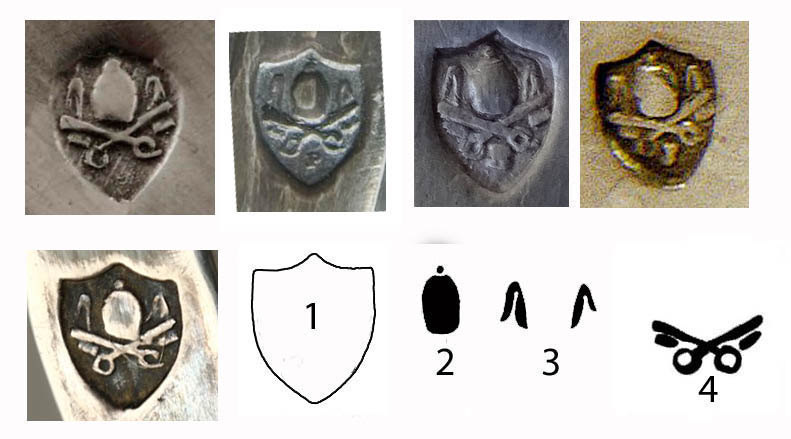
Let's carefully observe the characteristics to remember of a genuine mark:
1 The shape of the shield: Gothic with a spire head
2 The tiara, which ends with a sphere, sometimes has a tiny cross above the sphere (see the Perugia mark).
3 The infula
4 The keys of St. Peter, crossed at approximately 130° and with the map at the top and the handle at the bottom.
Keys and not pastorals or anything else. For example, the mark below has nothing to do with the Papal State, even if it may remind of it.
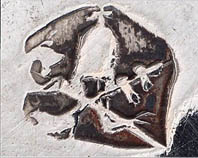
Therefore a genuine hallmarking of the Papal State, of this period, must have a hallmark with the characteristics described above, accompanied by a silversmith's lozenge mark, with the characteristics mentioned above.
Let's now take a few examples to see how things are.
Below is a photo of a wick with its marks
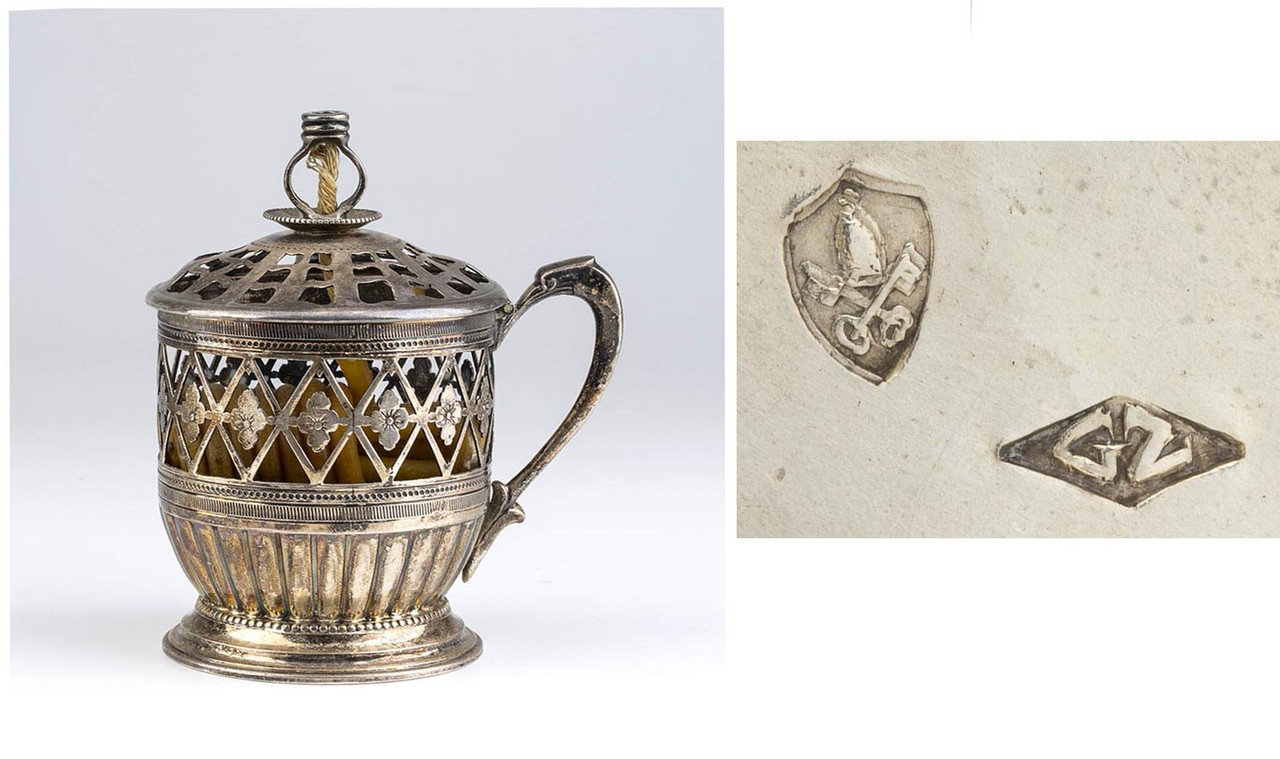
Let's now analyze the marks
Does the shape of the shield conform to the genuine one? Not completely, it's more elongated.
Are the infula present? No.
Do the keys have an angle of approximately 130°? No.
Does the lozenge mark comply with the provisions of Cardinal Pacca's edict? No
All this leads to the conclusion that these are pseudo marks.
Below is another wick, which is almost identical to the previous one, probably not a coincidence.
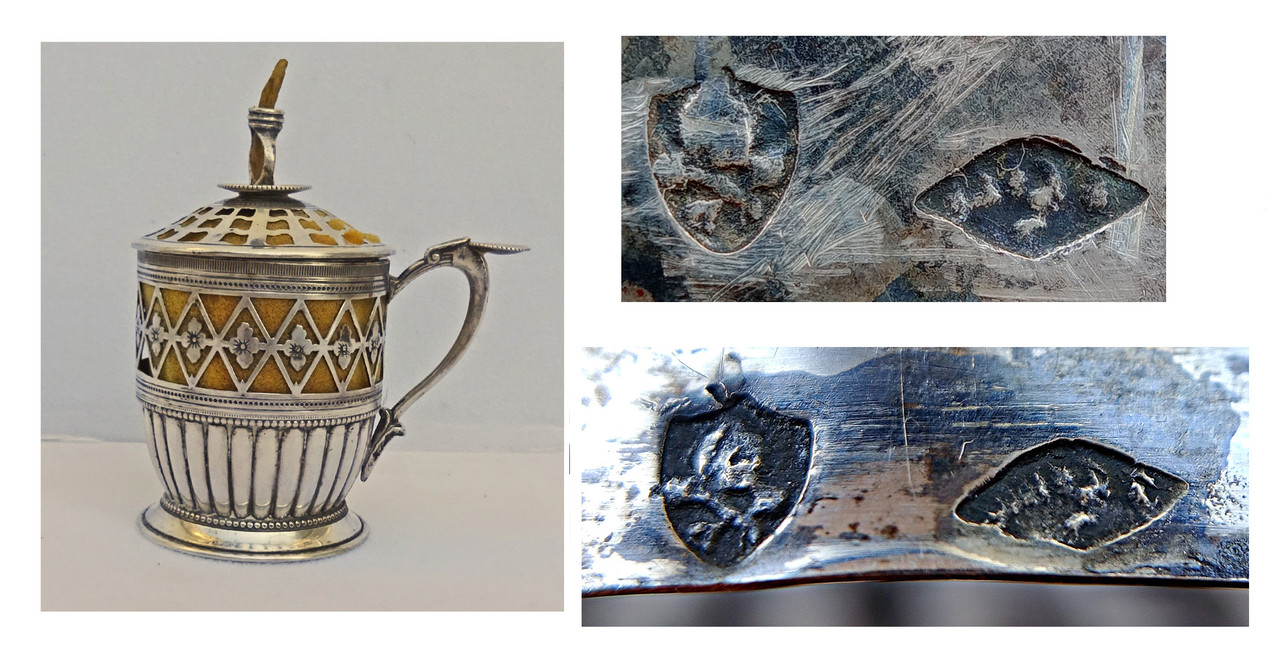
In the lozenge mark no letter is seen, and by comparing the marks on the lid with those on the bottom, it is clear that the imprints are not badly struck, it is precisely the punch that does not contain letters or numbers.
Are there infula in the shield? No
Do the keys look like keys and are they slanted as they should? No
Does the diamond mark contain letters or numbers? No
Again the conclusion is that we are faced with pseudo marks.
A third example: A beautiful hammer-rised basin, with a particular shape, to be noted and kept in mind
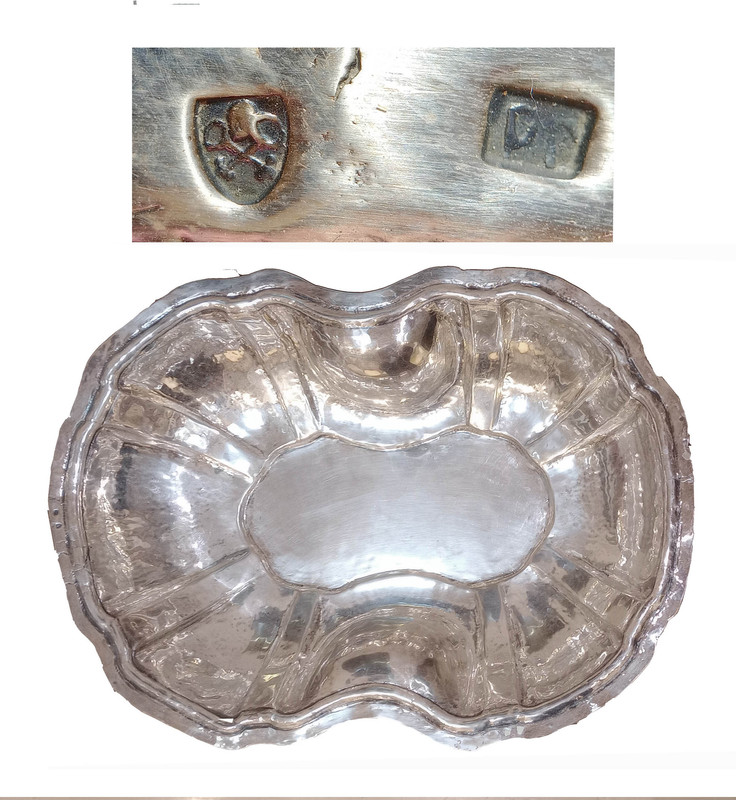
Again
Is the shape of the shield compliant? No
Are there any infula? No
Are the keys compliant? No, they are upside down and form an angle of approximately 90°.
Is the silversmith's mark shaped like a lozenge? No
Does it contain letters or numbers according to the provisions of Cardinal Pacca's edict? No
Here too it is clear that these are pseudo marks.
Below are other examples of pseudo marks, some credible, others absolutely ridiculous.

So it all seems pretty easy.
Well, it's not always easy.
Let's see this other example: an important lamp attributed to the master Antonio Giannotti

Let's look at the marks of this lamp (outlined in red).
Does the shield have the prescribed shape? Yes
Does the tiara end with a sphere? No
Are there any infula? Yes, but a little different than usual
Are the keys compliant? Yes
Does the lozenge mark comply with the provisions of Cardinal Pacca's edict? Yes,.. but something suggests a pantograph cutter rather than manual engraving.
Everything seems to be in order, but this stamping is different from that (outlined in green) of a Giannotti's other lamp, certainly genuine.
And then Mercury has a strange stupid face.
One would expect something better from master Giannotti.
Without seeing this object in person it is not possible to make a judgment based only on the photos, but it is legitimate to have some doubts.
A final example: a pair of candlesticks, still together after more than 170 years, attributed to Luigi Cappelletti, of which I only have the image of the hallmarking.

The shape of the shield is slightly different from the standard, it is rounded at the top rather than pointed
The keys are slightly thicker than what is usually found.
Even the infula are a little different than usual
This could be a variant of the real hallmark,… or a pseudomark.
The silversmith's mark complies with the requirements of Cardinal Pacca's edict and is right.
However, by directly comparing this punching (outlined in red) to another punching by Luigi Cappelletti, certainly genuine, (outlined in green) some doubts may arise.
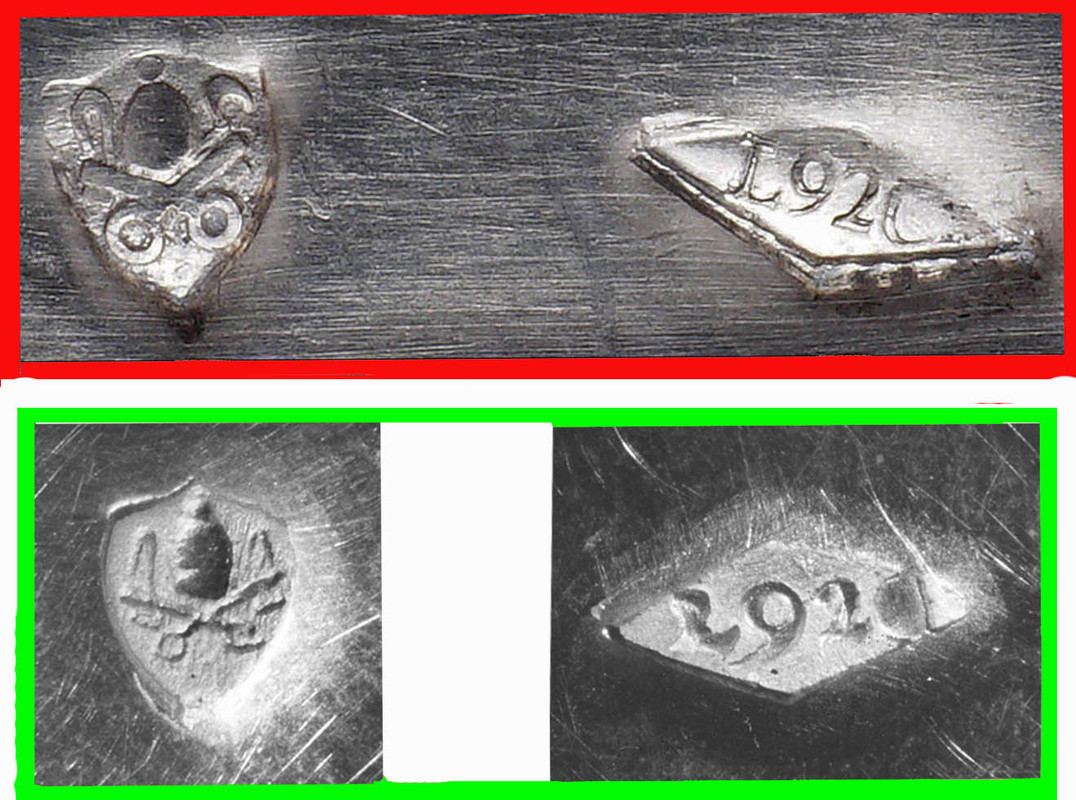
In conclusion, it is very common to encounter pseudo marks that imitate the hallmark of the Papal State of this period, and most are easily recognizable by observing them carefully. Sometimes, however, the anomalies are so slight that it is impossible to decide from the photos alone whether they are pseudo-marks or variations of authentic ones. You need to have the object in your hand, observe the manufacturing technique, the signs of wear on the parts on which it rests, and possibly disassemble it if it is made of several pieces. These searches must always be done, but with more attention if an anomaly is detected in the punching.
Any comments or requests for clarification are welcome.
Amena







